A look back in history before inevitable hybridization.
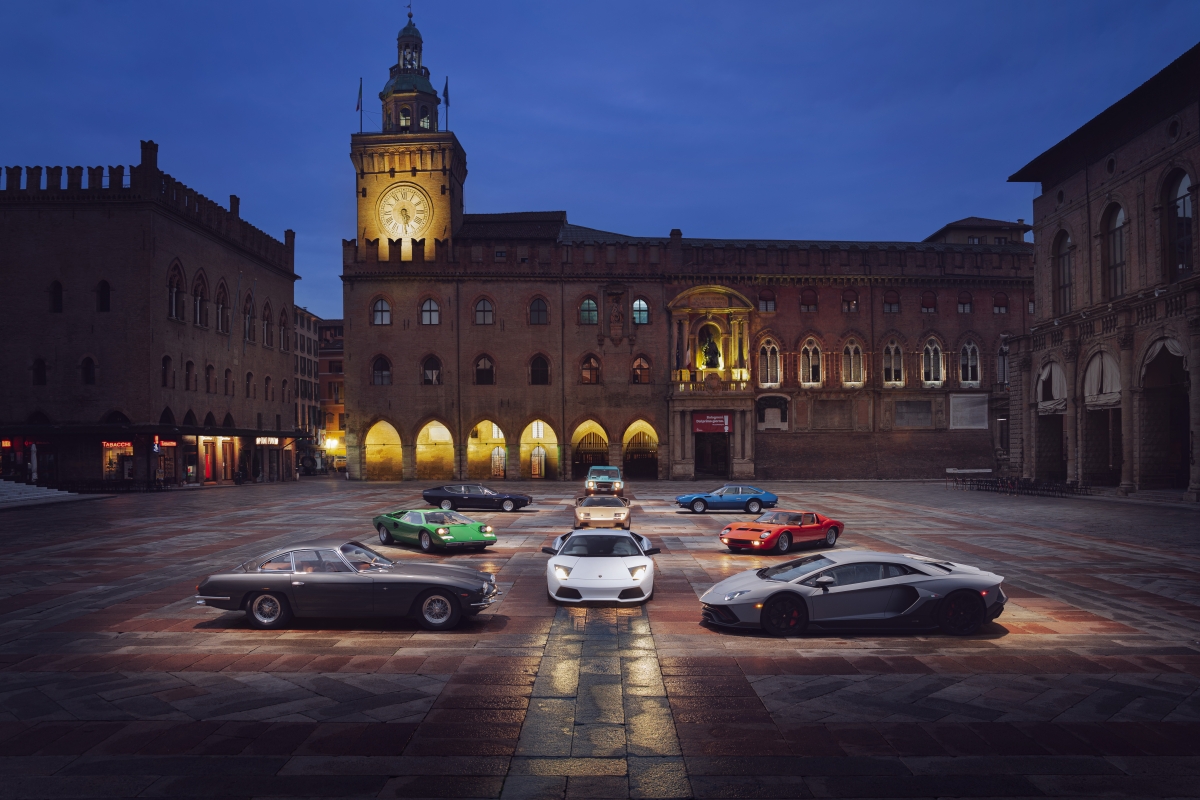
What ties the Lamborghinis in this picture together is their hearts - all 12 cylinders in a Vee arrangement and naturally aspirated. The time has come to bid this gem of a powerplant adieu before hybridization becomes a thing in the Aventador's replacement. Let's take a look at where it all started and how far this V12 has come through history.
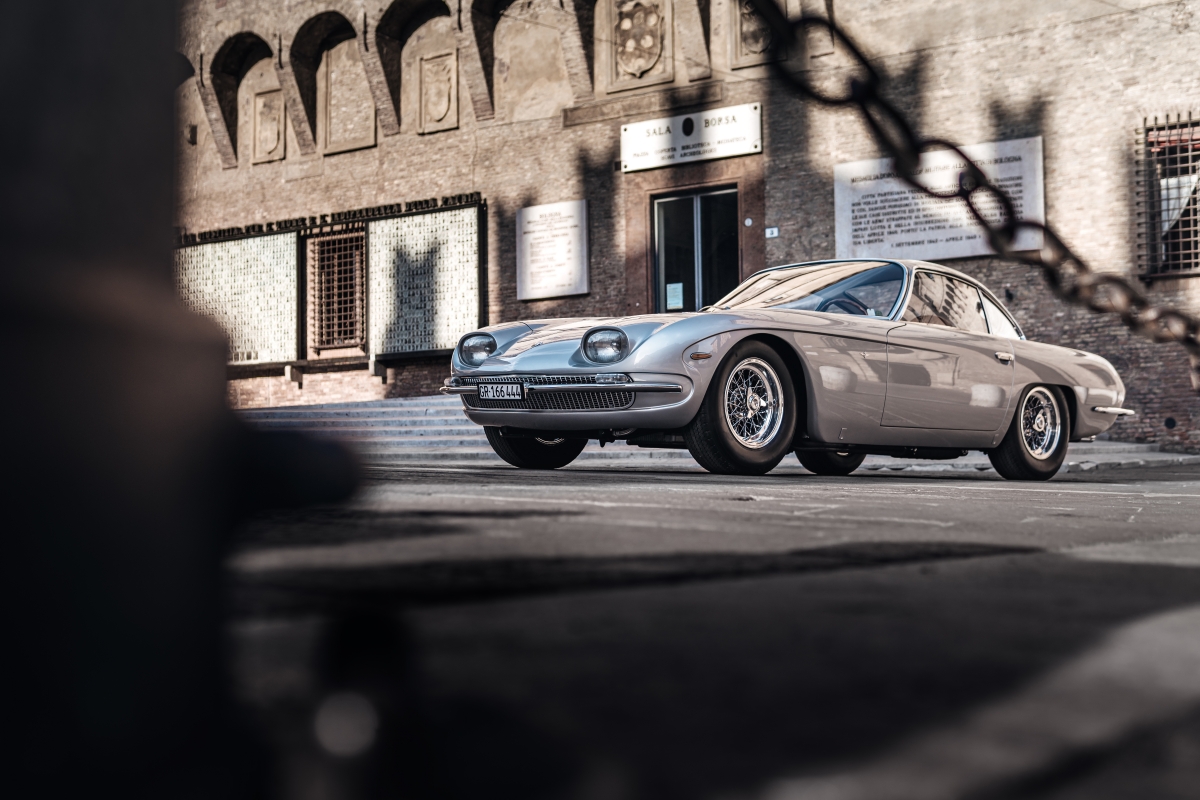
'Twas 1963 when engine designer Giotto Bizzarrini took what was essentially a racing engine developed by him and made it more civilized for road use. This Bizzarrini engine was first used in the 350 GT, and the later 400 GT, in a front-engine rear-wheel drive configuration.
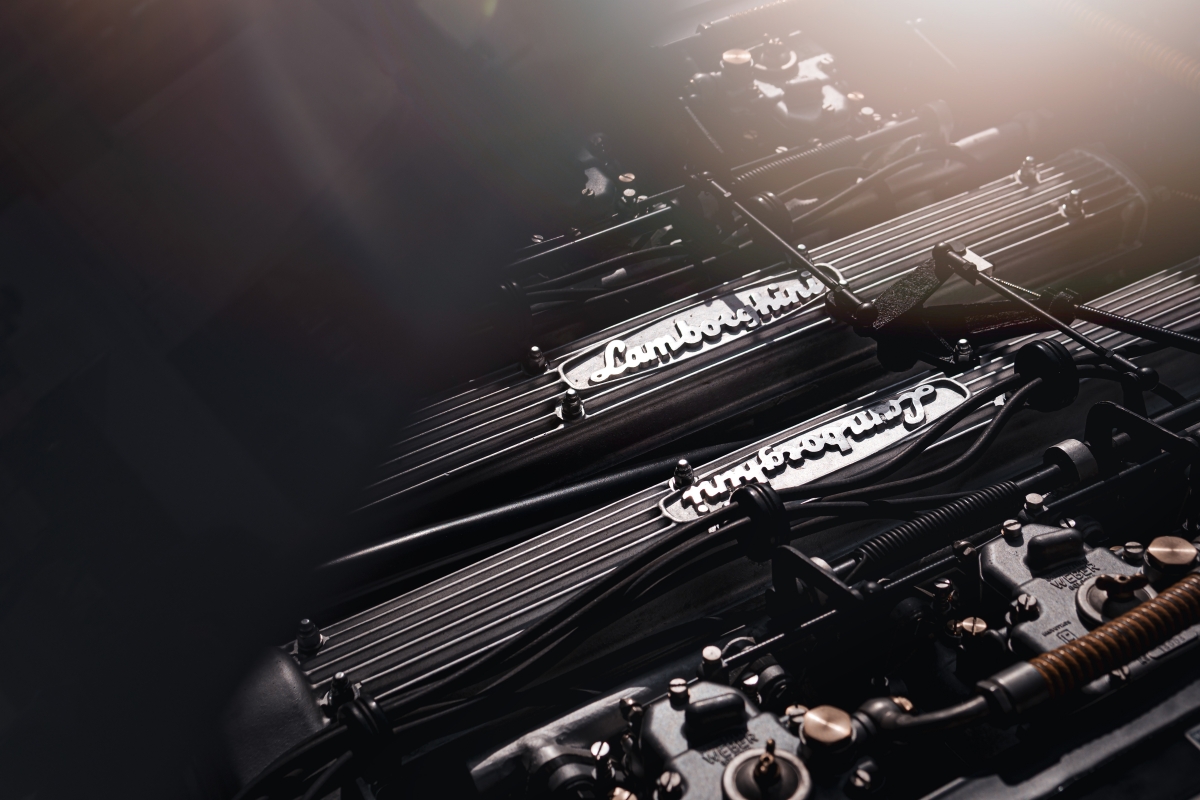
Starting life as a 3.5-litre V12 in the 350 GT, it soon grew to 3.9-litres in the 400 GT with power being given a bump from 284hp to 320hp. These were 60° V12 carburettor engines, and were created as quad-cam units as an intentional snub to Ferrari with their 'piddling' single-overhead cam items.
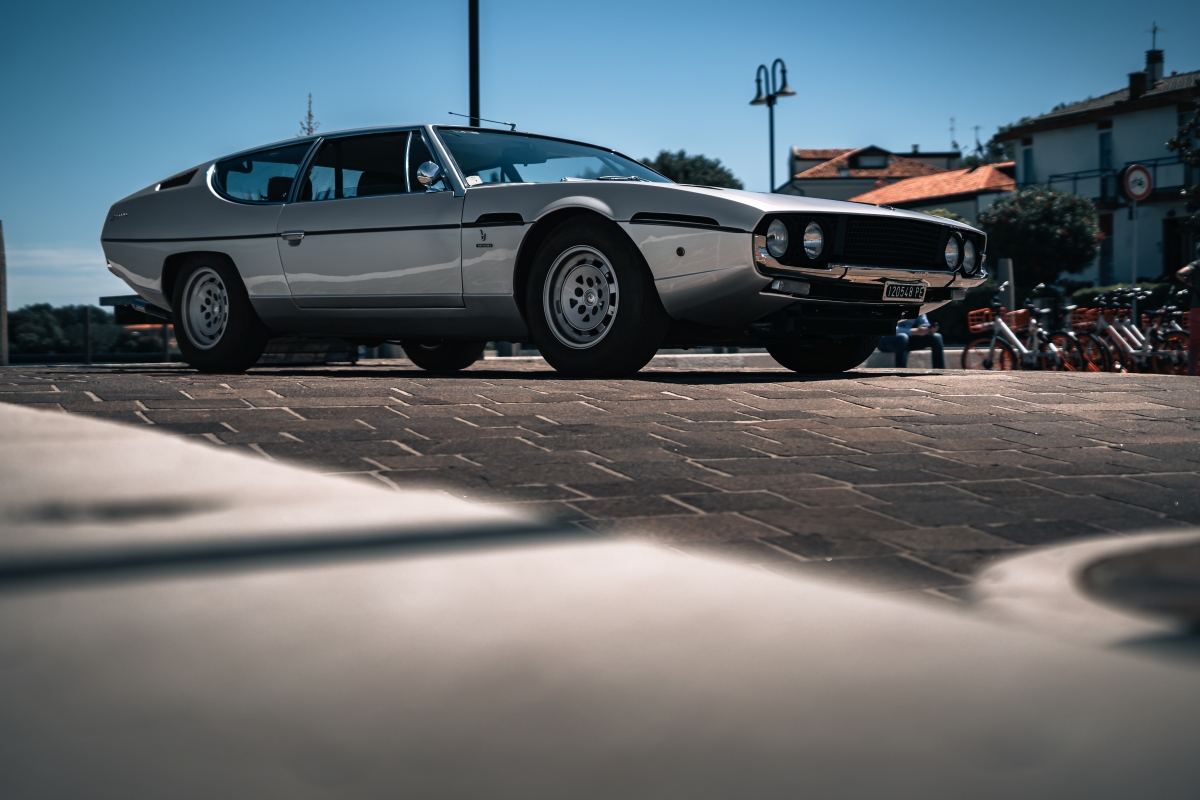
The same engine in the 400 GT was also found in a front-engine rear-wheel drive configuration in the Espada.
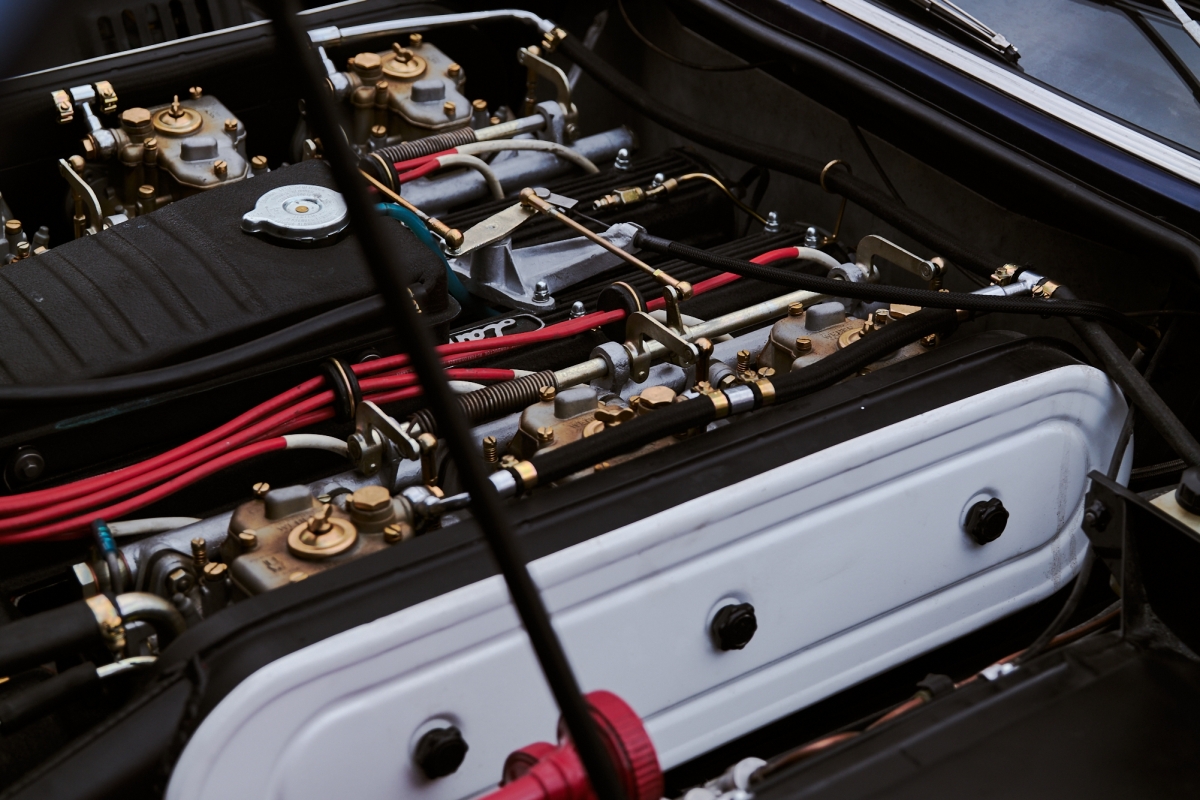
If you'd like to see the Espada's engine being torn down and rebuilt, check out the multi-part build series on Harry's Garage on YouTube.
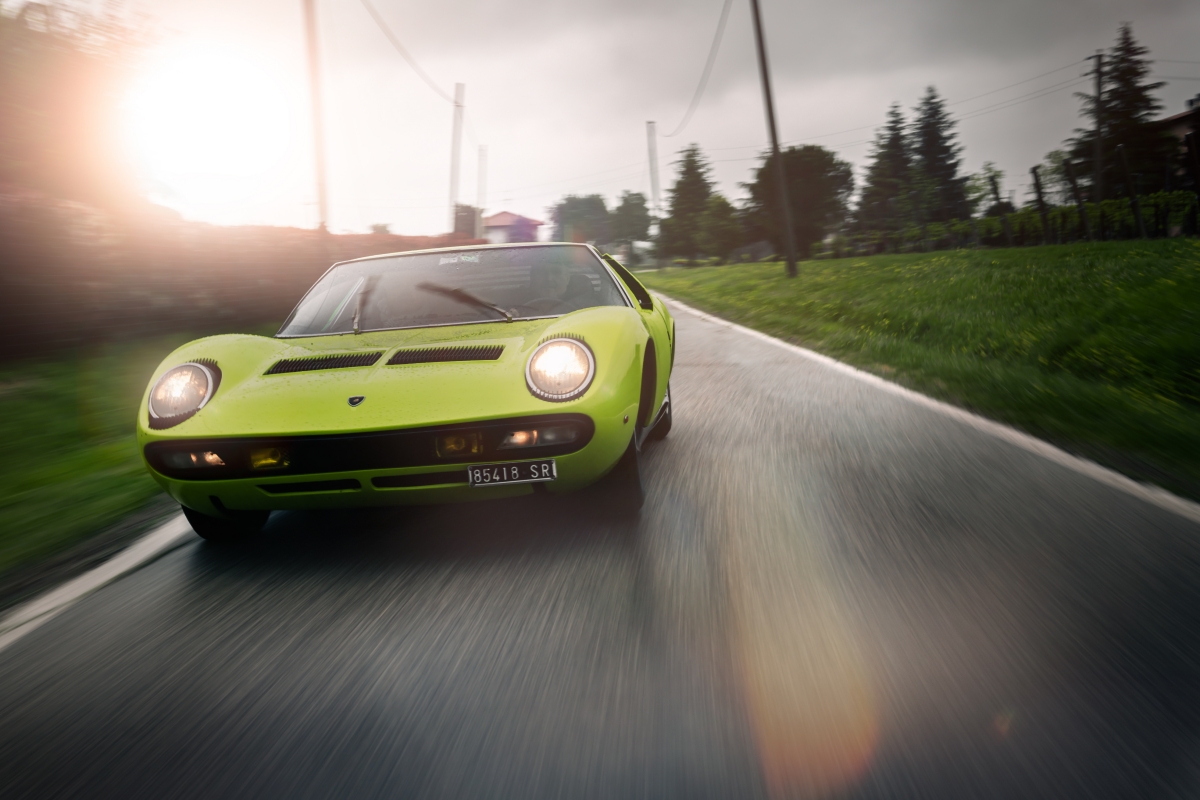
Then it was time to create a mid-engine supercar in the Miura in 1966. The 3.9-litre V12 was taken out of the Espada, rotated 90° and mounted transversely behind the cockpit. Still carburetted with quad three-barrel downdraft Webers, it started out putting down 345hp in the Miura P400, and over the years grew in power to 380hp in the Miura SV. However, this transverse-mounted engine configuration was to be shortlived...
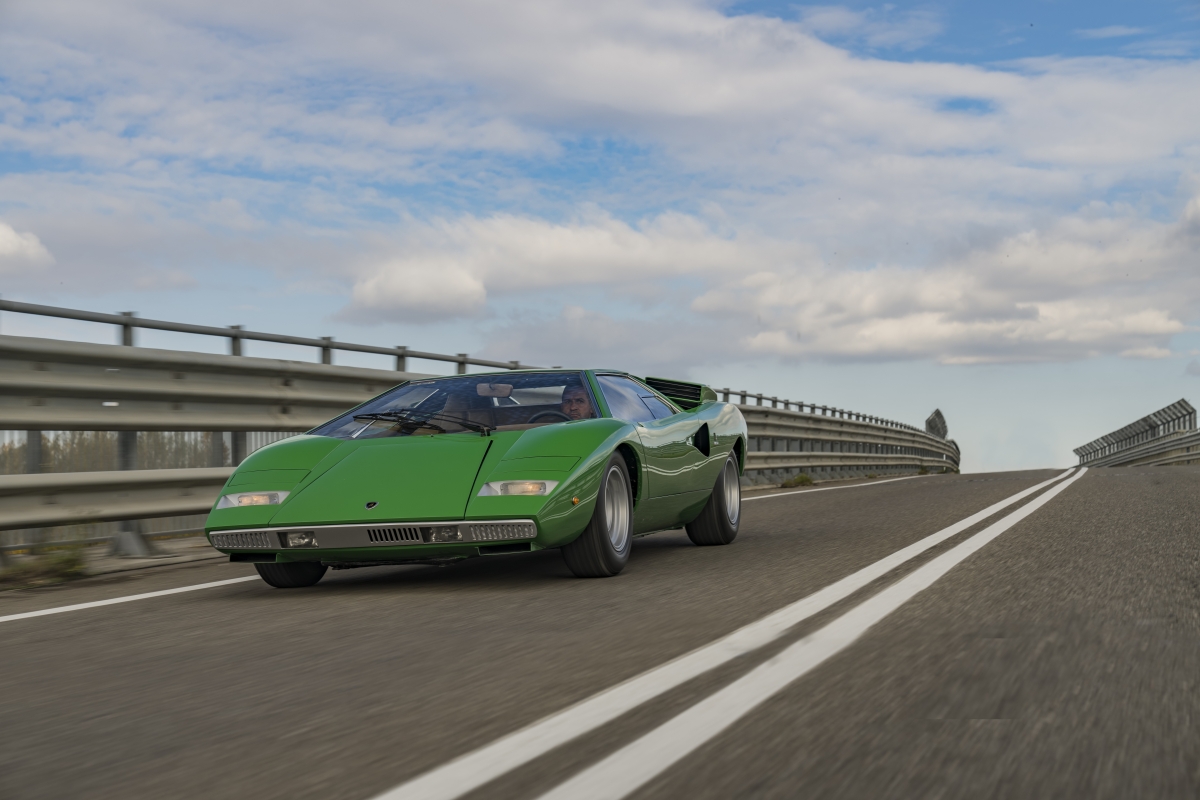
Countact LP400
... for when it came time for the Countach to be, the V12 was again rotated another 90° into a longitudinal rear mid-engine layout.
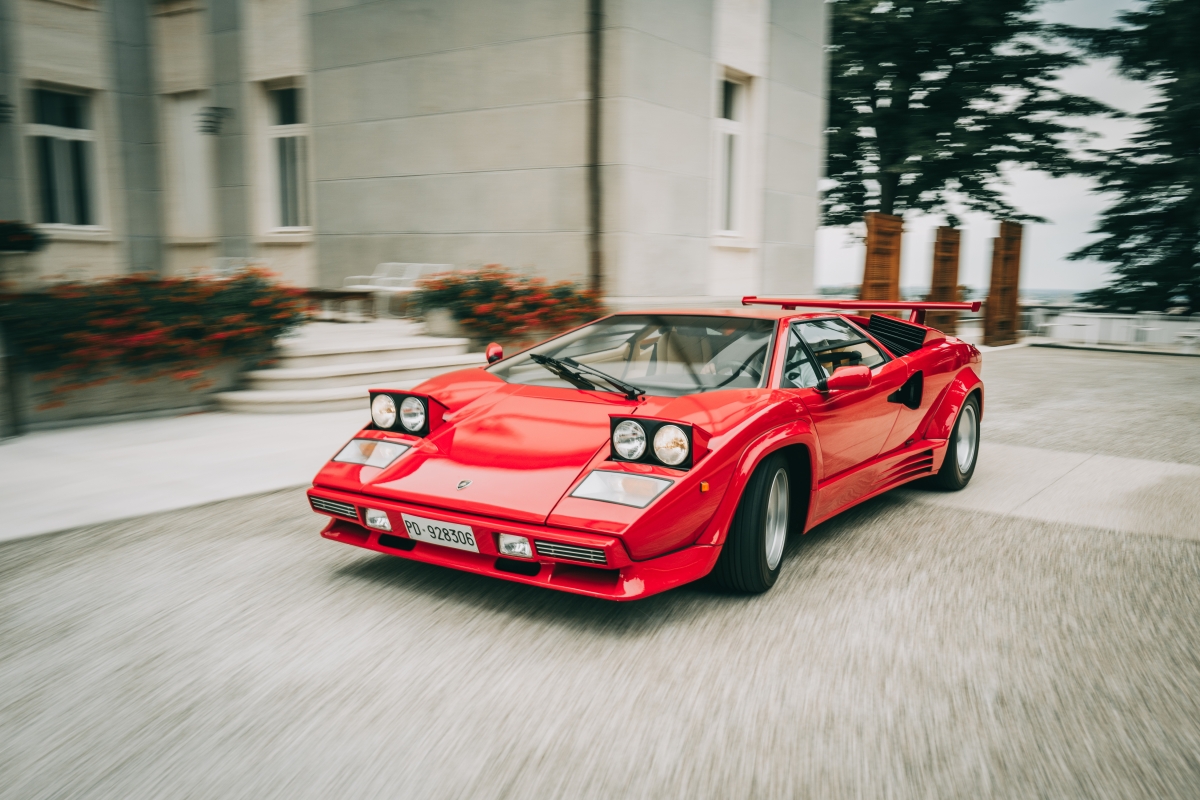
Countach 5000 Quattrovalvole
Starting with the same 3.9-litre capacity as before but with 370hp in the Countach LP400, the Bizzarrini V12 would grow in capacity to 5.2-litres in the 5000 QV and 25th Anniversary editions with 449hp on tap.
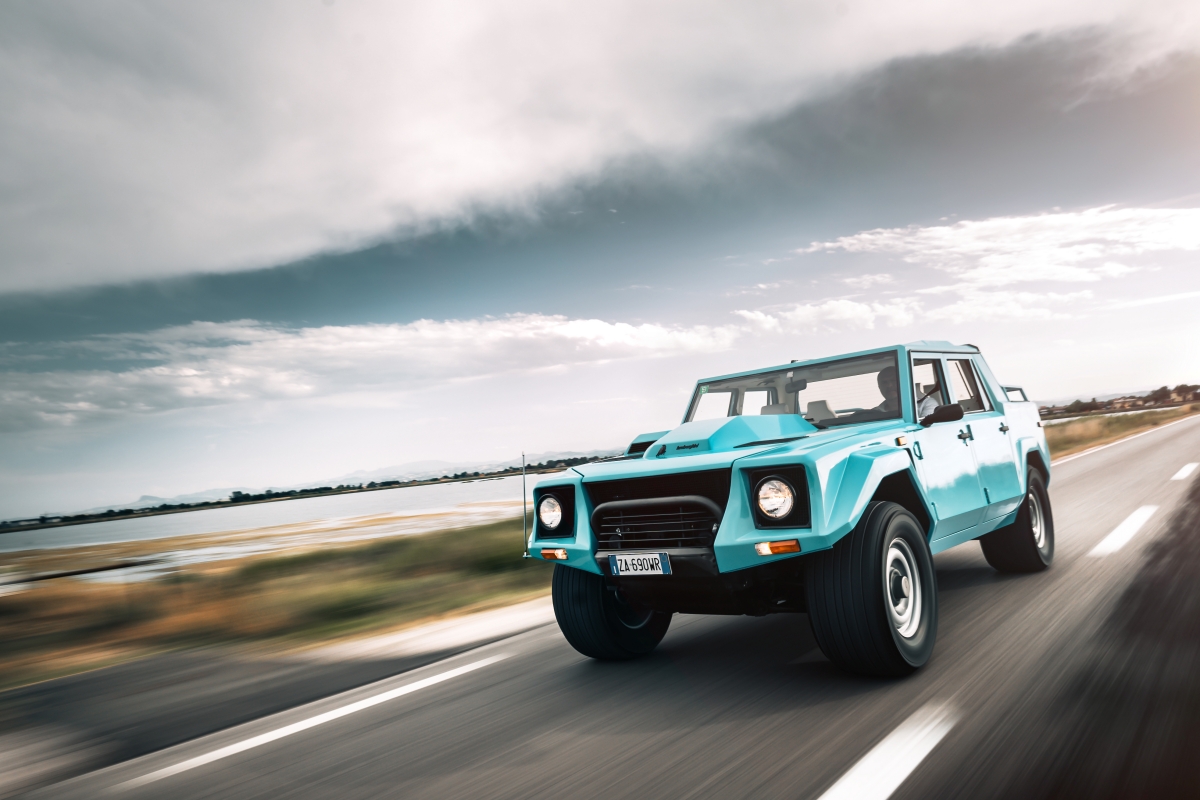
It was toward the end of the Countach's life that Lamborghini decided to have a go at the off-road world with its "Rambo Lambo" LM002. This behemoth too featured the V12 from the Countach 5000 QV but in a front-engine four-wheel drive configuration, and was primarily bought by rich oil barons and Middle East princes for its novelty value. Not forgetting the Sultan of Brunei.
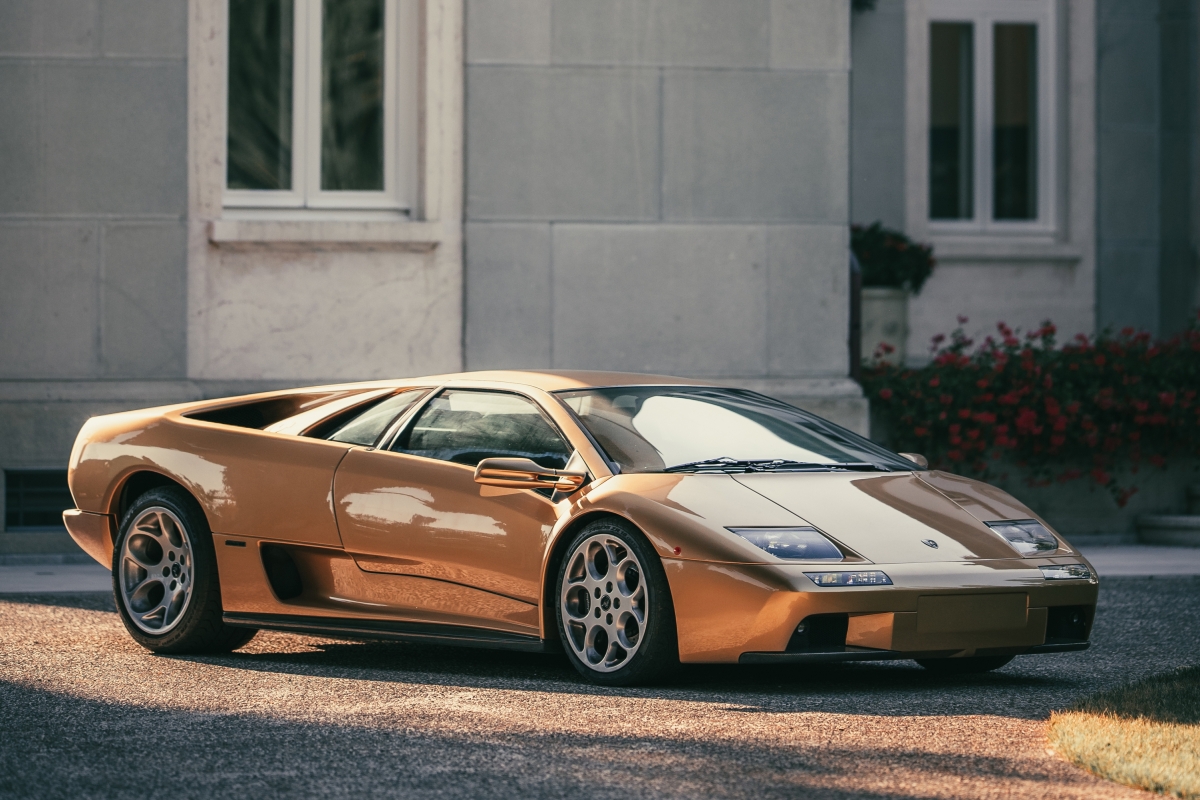
It was then time to replace the Countach, and the Diablo debuted in 1990.
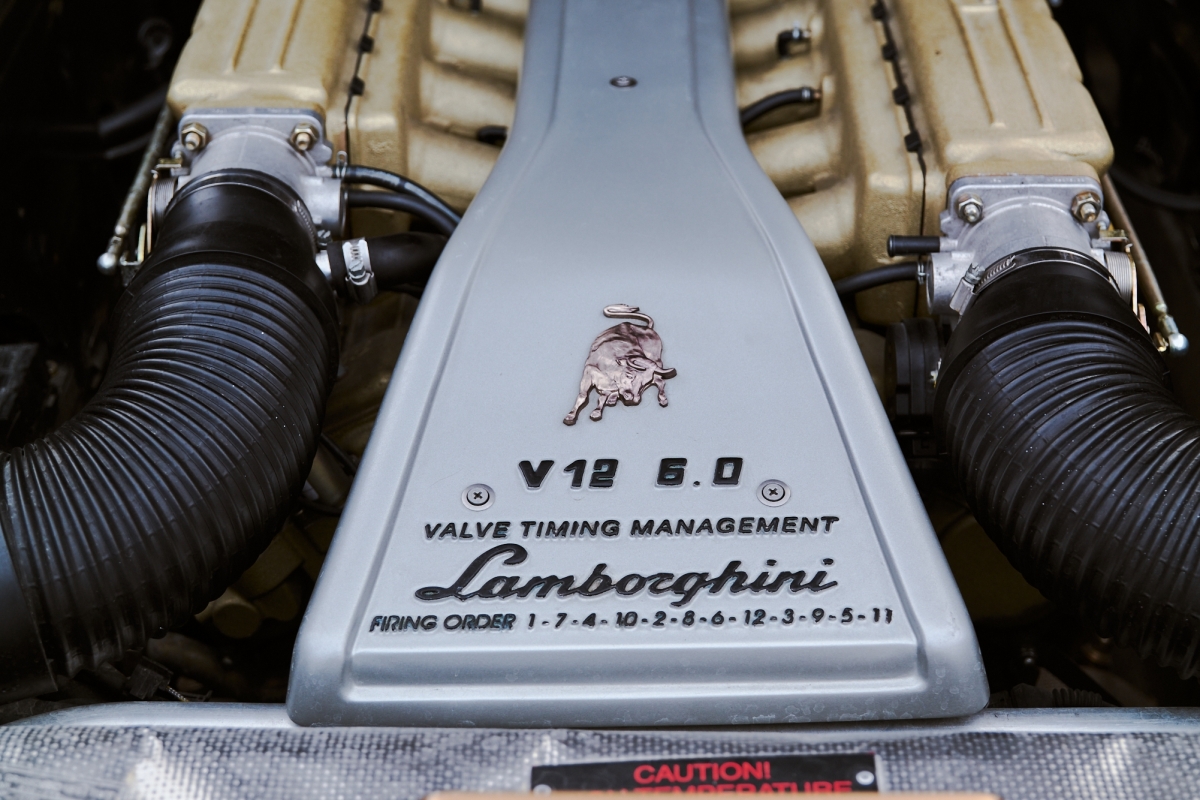
Still featuring the Bizzarrini V12 in mid-engine longitudinal format but with capacity taking a bump to 5.7-litres and multi-point fuel injection instead of carburettors, the Diablo debuted with 485hp, and finally retired with 575hp in the Diablo GT.
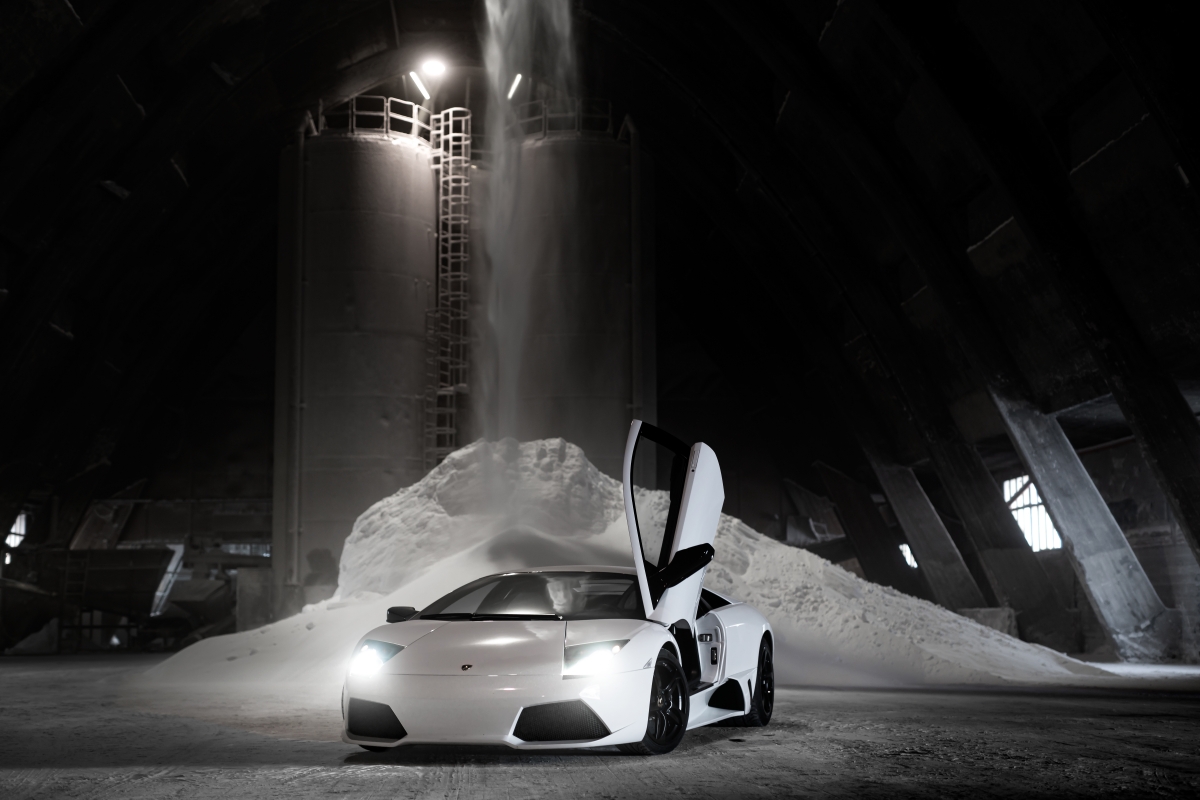
The Diablo was replaced in 2001 by the Murciélago as the first brand new model under Audi's ownership. However, the Bizzarrini V12 would soldier on, debuting with 6.2-litres and 572hp in the entry-level Murciélago and rounding out the model with 6.5-litres and 670hp in the Murciélago LP-670 SV in 2010.
This brought about a conundrum, for ever-tightening emissions regulations required an engine which was cleaner and more capable.
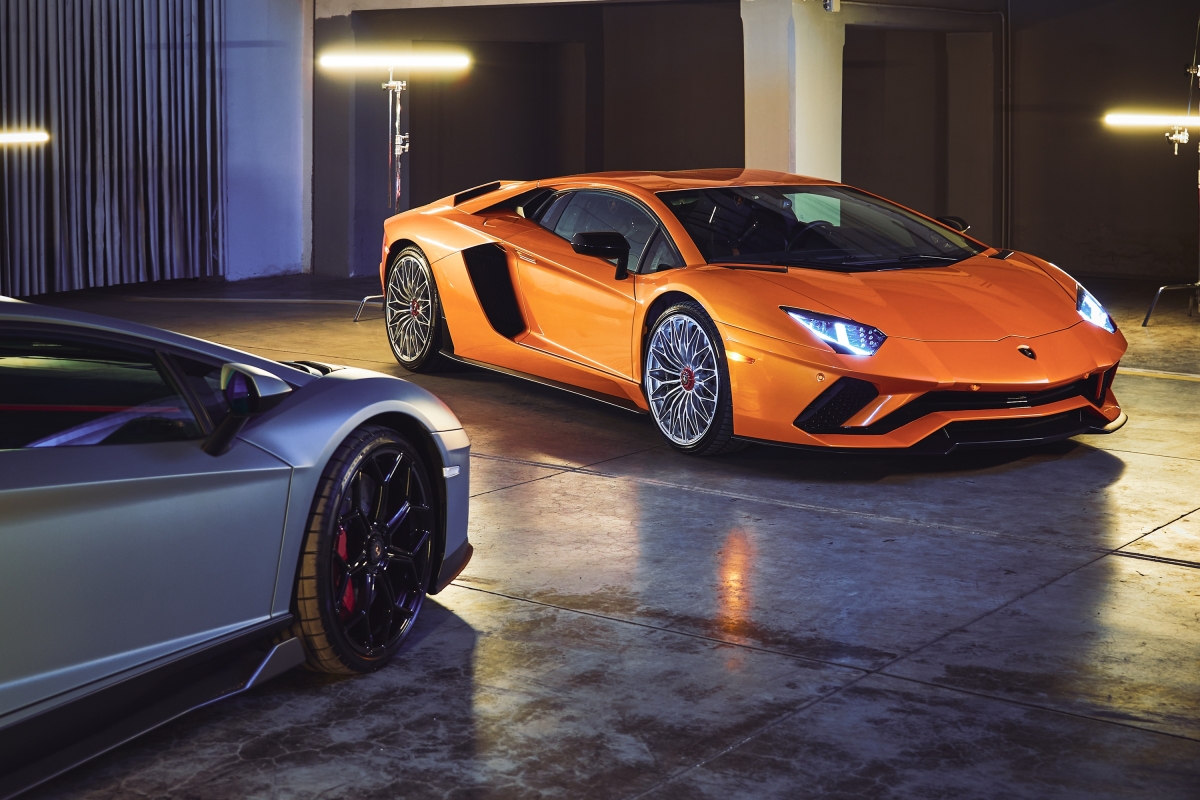
Aventador
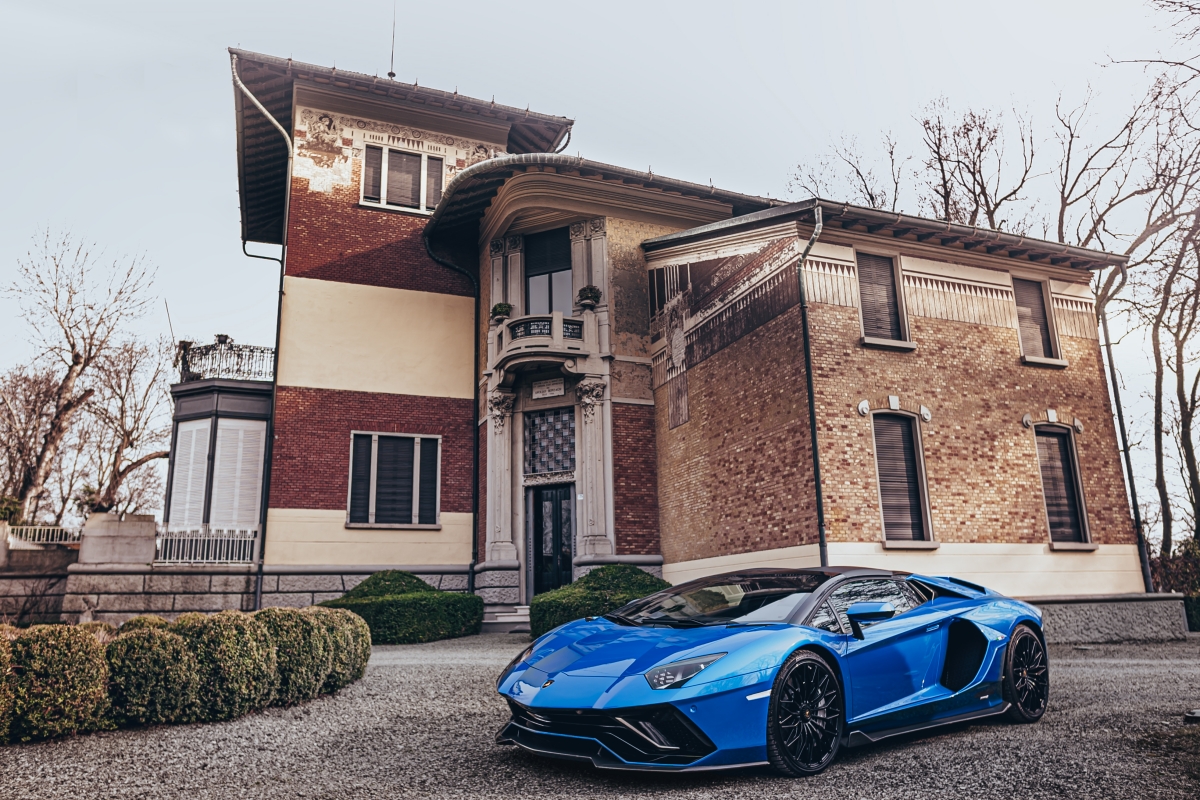
Aventador Ultimae
Making its entry in the Aventador in 2011, a brand new second-generation developed-from-scratch 60° V12 started life as a 6.5-litre unit putting down 700hp in the first model, and closed out with 780hp in the Aventador Ultimae. Special supercars based on the Aventador saw the V12 put out 785hp in the Sián and 830hp in the Essenza.
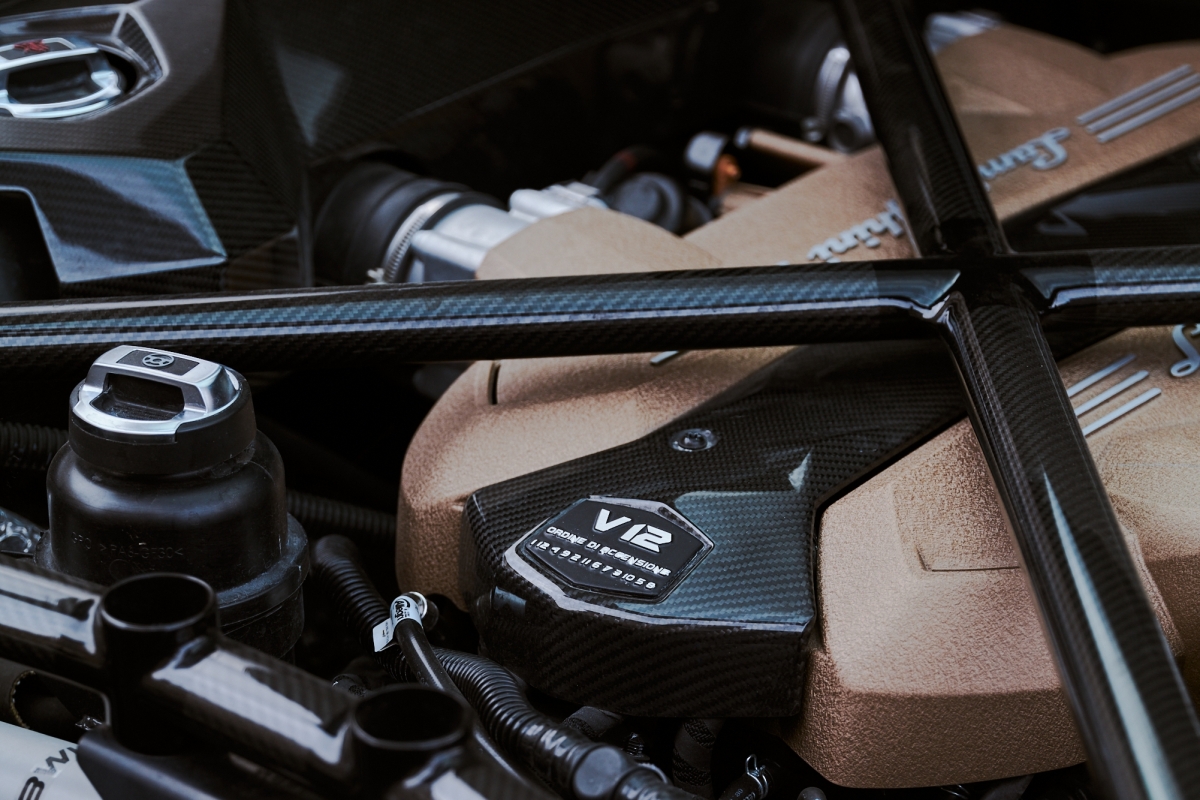
In this day and age of turbocharged-everything, we can truly celebrate Lamborghini for holding out till the eleventh hour with its naturally-aspirated V12, which howls and crackles with delight as it blasts down the road with vicious abandon.
This is also a very special 60-year celebration of one name without whom this era may not have been possible. One man, whose design was so clever and ahead of its time that it stood for nearly 50 years with just some modifications required along the way to keep it soldiering on. A man whose name stands proud alongside that of Ferruccio Lamborghini.
We thank you deeply Giotto Bizzarrini.
